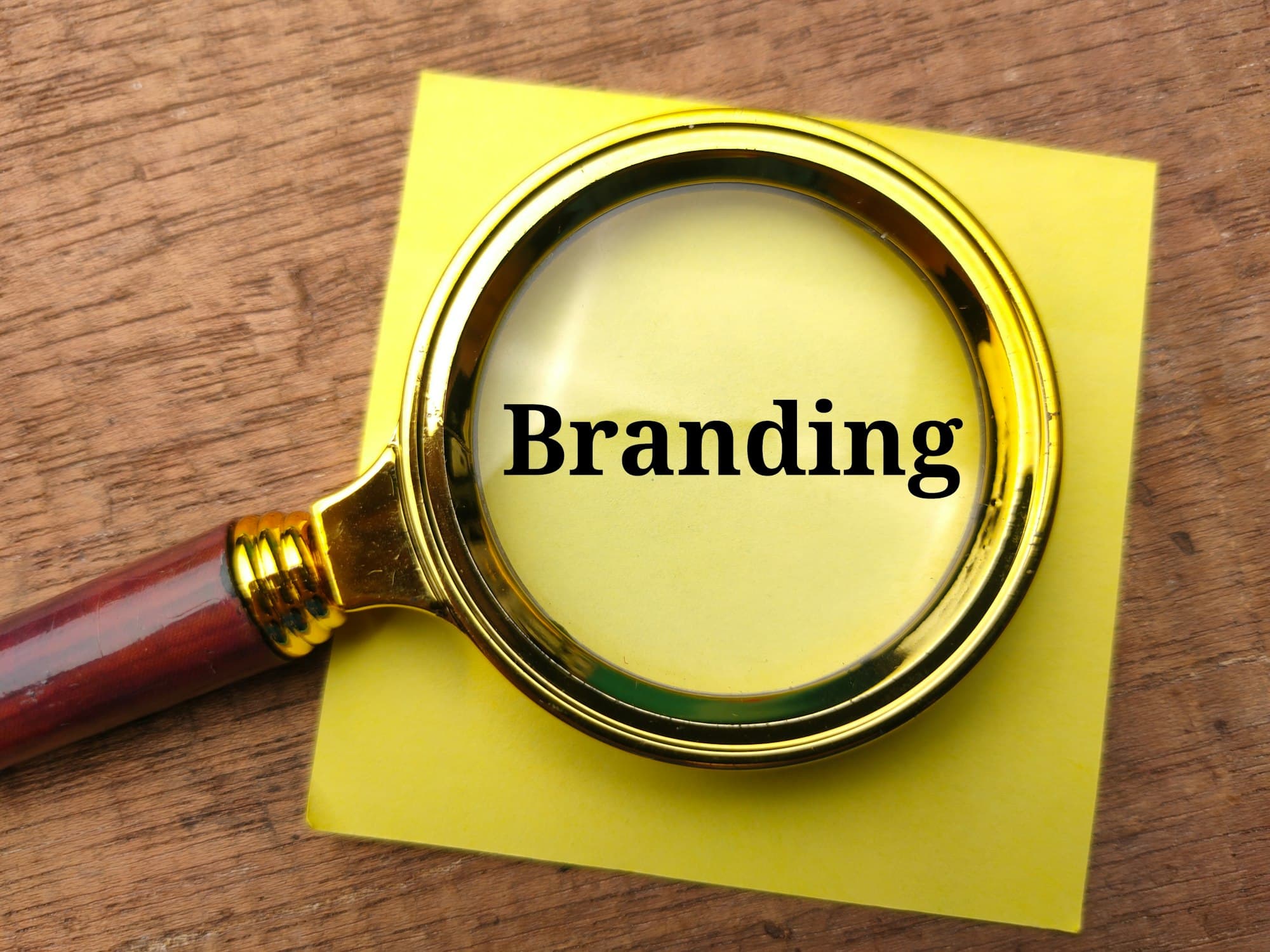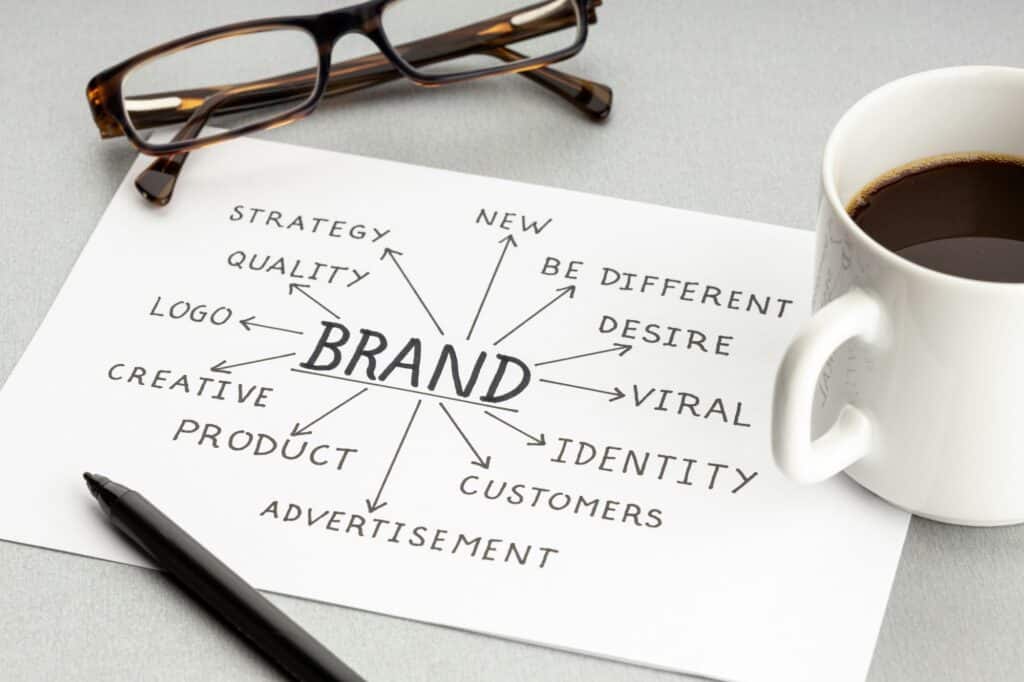Make Efficiency Your Brand: Design Guide For Branding 2024
Design Guide for Branding: Making Your Brand Stand Out
Are you ready to make efficiency your brand stand out from the crowd and leave a lasting impression on your audience?
Look no further, because this Design Guide for Branding is here to revolutionize the way you approach building your brand identity. From choosing the right color palette to crafting a memorable logo, this article will equip you with all the essential tools and tips to create a cohesive and impactful brand presence.

Research and Brand Definition
Understand the company’s identity and values.
Research the target audience, including their tastes, preferences, and behaviors.
Analyze competition and market trends.
Brand Strategy Development
Define the company’s mission, vision, and values.
Establish the brand’s voice and personality.
Identify the key points of differentiation and the main messages that the brand wants to communicate.

Logo Creation
Conceptualize logo ideas based on brand strategy.
Design various sketches and logo concepts.
Refine and select the final logo design.

Selection of Colors and Fonts
Choose a color palette that reflects the brand’s personality and values.
Select fonts that are legible and complement the visual style of the logo and the overall brand.
In the Digital World: Enhancing Brand Identity
In the digital world, the creation of additional visual elements such as patterns, illustrations, or graphics that reinforce the brand identity translates into the development of visual resources that are used on online and digital platforms to strengthen brand presence and recognition.

Ways to Achieve This
Website & App Design:
Reflect the brand’s visual identity through the design of websites and mobile apps.

Visual Content on Social Media:
Join relevant online groups and communities where your target audience participates. Post questions, surveys, or images of branded materials and solicit feedback and constructive feedback from group members.
Create original images and graphics for posts on social media platforms like Instagram, Facebook, Twitter, LinkedIn, etc. These visuals reflect the brand’s identity and are used to convey messages, promote products or services, and engage the audience.
Multimedia Resources:
Develop videos, animations, infographics, and other multimedia resources that are shared on the brand’s website, blogs, social media, and other digital platforms. These resources are used to educate, entertain and connect with the audience in a visual and dynamic way.
OneonOne Interviews:
Conduct oneonone interviews with members of your target audience to gain deeper and more detailed insights into their perceptions and opinions of branded materials. This will allow you to better understand their needs, preferences, and points of view.
Observation and Behavior Analysis:
Analyze metrics and observe how people interact with branding materials online and offline.
Thank participants for their time and opinions, and consider offering incentives such as discounts, gifts, or sweepstakes.
Email & Newsletter Design Visuals such as images, graphics, and patterns are used in the design of emails and newsletters to maintain brand consistency and attract the attention of subscribers.
Observation and Behavior Analysis See how people interact with your branding materials online and offline. Analyze metrics such as time spent on the website, clickthrough rates, social media engagement, etc., to evaluate the effectiveness and resonance of the materials with your audience.
A/B Testing:
A/B test different versions of your branded materials. For example, you can show two logo designs or two homepage options on your website to different segments of your audience and analyze the metrics to determine which one is more effective.
Usability Testing Platforms:
Use online platforms that specialize in usability testing, such as UserTesting, Usability, or Testbirds. These platforms allow you to recruit participants to evaluate your branding materials and provide detailed feedback on their experience.
Useful Tools
SurveyMonkey:
Create online surveys easily.
Google Forms:
Another free option for creating surveys.
Targeted Advertising:
Use online advertising tools, such as Facebook Ads or Google Ads, to target your surveys or feedback forms to specific segments of your audience. You can define demographic, geographic, or interest criteria to reach the right people.
Virtual Events and Focus Groups:
Host online events and focus groups for realtime feedback.
By implementing these strategies and tools, you can refine your brand materials and enhance your brand identity effectively.





